
Some cities carry an environmental burden heavier than others, where smog thickens skies, rivers run troubled, and decades of industrial damage linger. This list highlights where pollution remains a daily concern, and public health is paying the price. Each location tells a story that deserves attention and, perhaps, a little more urgency.
Los Angeles, California
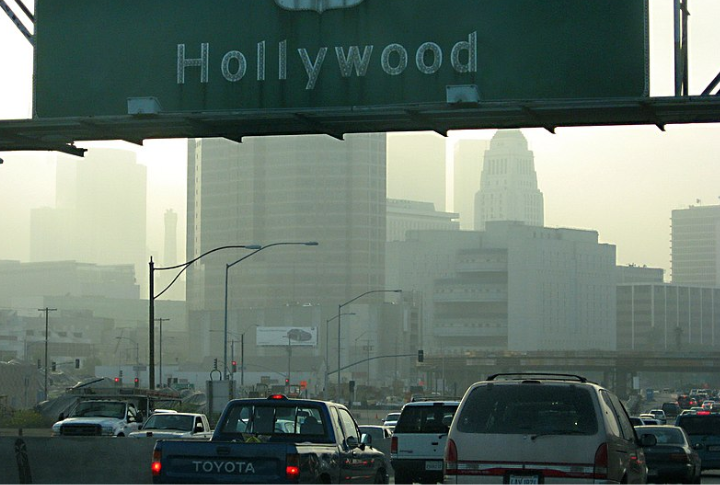
Los Angeles consistently ranks among the worst U.S. cities for ozone pollution, according to the American Lung Association. Heavy traffic and a geographic basin intensify smog. The city reports roughly 200 days of unhealthy air annually. With over 6 million registered vehicles, LA is now investing in America’s largest electric vehicle fleet.
Chicago, Illinois
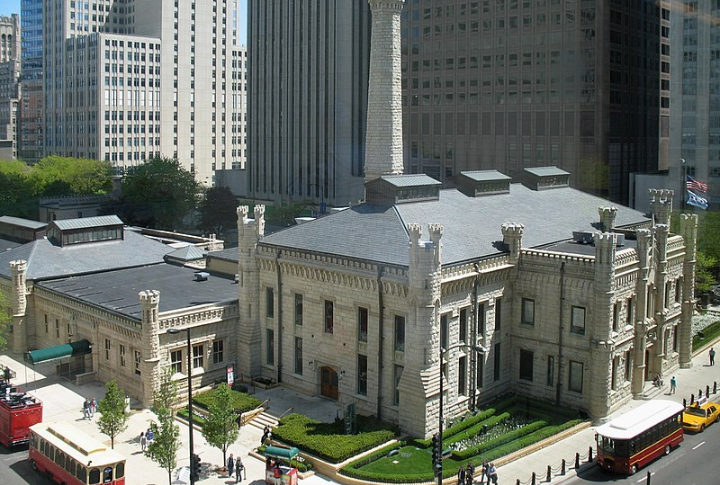
Chicago grapples with environmental burdens tied to aging infrastructure and industry. It’s home to more than 400,000 lead service lines and records high urban lead exposure. Some communities face air pollution levels double the federal standard. The city also produces a high volume of trash per capita relative to the Midwest.
Newark, New Jersey
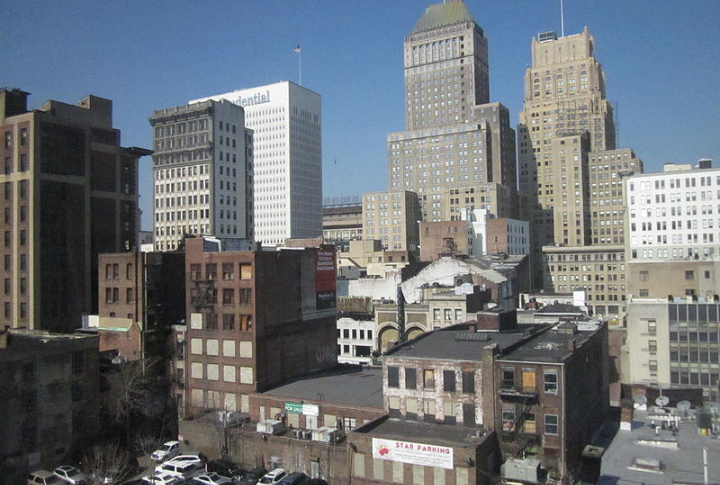
Port traffic, old infrastructure, and industrial leftovers make Newark a pollution hotspot. Millions of containers move through every year, bringing diesel emissions with them. Kids in some neighborhoods still show elevated blood lead levels. A major pipe replacement effort kicked off in 2019, but Superfund sites and dirty water still linger.
Phoenix, Arizona
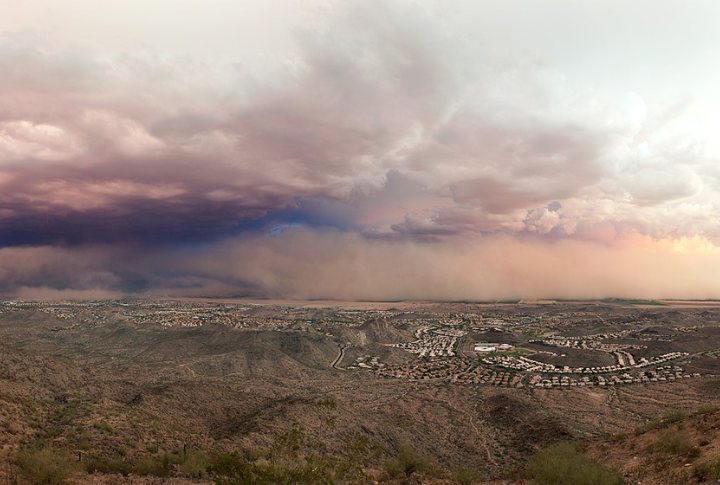
Air quality frequently violates federal ozone and PM10 standards here. Intense dust storms are common in Arizona and contribute to poor visibility and health issues. The city’s rapid growth also worsens heat-related pollution. The local health data shows a clear connection between air quality dips and increased emergency room visits for respiratory problems.
Bakersfield, California
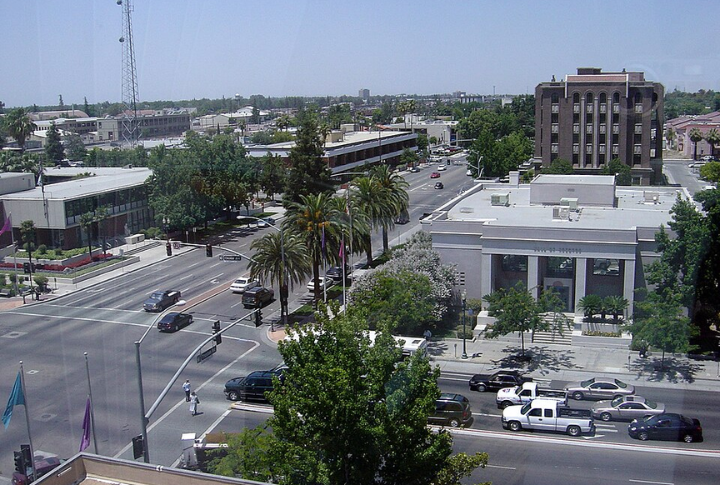
Bakersfield faces serious air quality concerns. It regularly ranks in the top three for particle pollution in the U.S. The city’s valley geography traps emissions from nearby agriculture and oil operations. Much of the pollution is carried in from outside. Residents also report higher asthma rates than the national average.
Detroit, Michigan
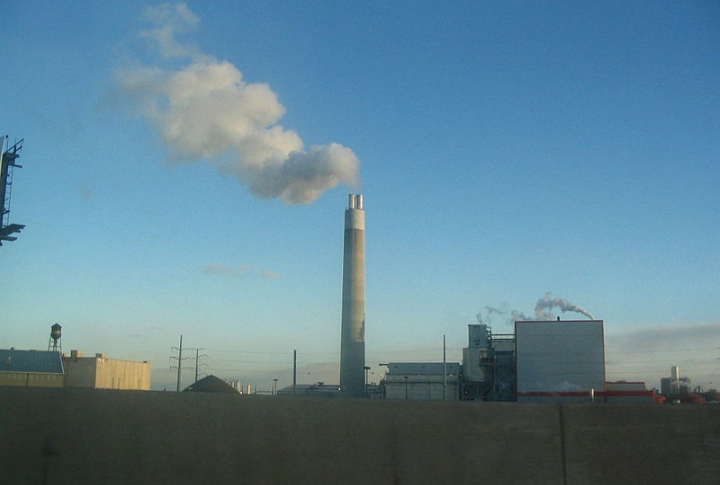
Decades of industrial activity left behind serious pollution issues, including numerous brownfield sites. Many residents still lack reliable access to safe drinking water. The Rouge River remains on federal watchlists. Once home to over a million people, Detroit’s population decline reflects deep infrastructure and environmental challenges that persist today.
Fresno, California
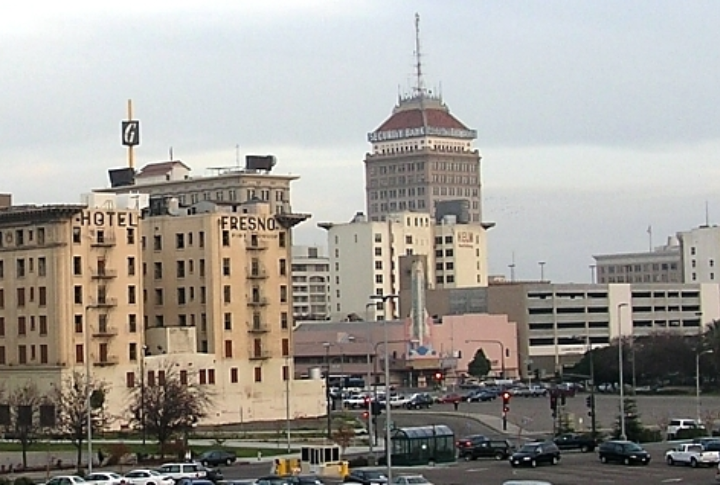
Agriculture powers the local economy, supplying a third of the nation’s produce. But pollution from farming, traffic, and wildfires has serious consequences. Fresno consistently ranks among the worst for particle pollution. Children face higher asthma risks than average, underscoring the need to address both economic and environmental challenges.
Indianapolis, Indiana
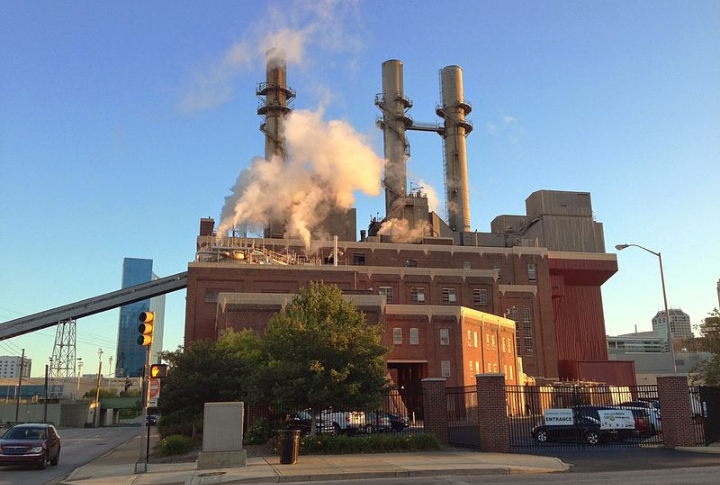
Air pollution from coal and traffic clouds the skies, while recycling rates lag far behind other cities. The proximity of industrial zones to homes in Indianapolis raises questions about environmental justice. Additionally, the White River’s pollution, a long-term issue, prompts reflection on balancing growth with the health of communities and waterways.
Houston, Texas

Houston is a national industrial powerhouse, but that comes at a cost. It’s one of the country’s largest emitters of industrial pollutants. Over 400 facilities fuel economic output—and pollution. The ship channel emits airborne toxins, and some neighborhoods face 20% higher cancer risks. Watchdogs continue monitoring recurring air quality violations.
Philadelphia, Pennsylvania
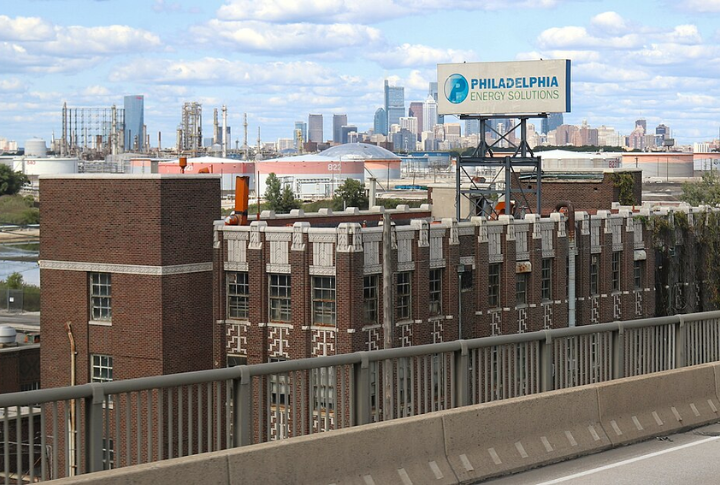
Refineries, major roadways, and industrial zones contribute to high levels of air toxins, and one in three residents in Philadelphia lives near a pollution hotspot. Stormwater runoff contaminates local rivers, especially during heavy rain, due to the city’s aging combined sewer system. Its now-closed refinery was once among the largest on the East Coast.
